Don't wanna be here? Send us removal request.
Text
Authenticity in Branding
The article “Ignore the Human Element of Marketing at Your Own Peril” reminded me a lot of another class I’m currently taking at MIT Sloan, called Management of Services: Concepts, Design, and Delivery. But the name of this class should really be called The Good Jobs Strategy because of the focus of professor Zeynep Ton’s research on good jobs.
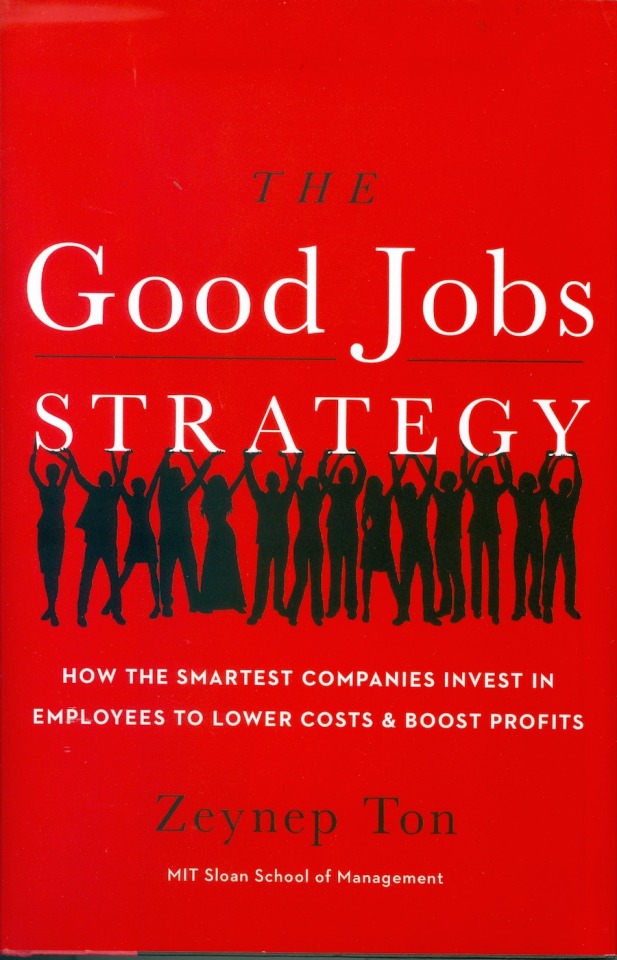
In Management of Services, the fundamental theory is that if you provide good jobs to employees, you will also provide good services for your customers and good returns for your investors. In this approach, employees are not viewed as a cost that needs to be minimized, but instead are viewed as the company’s most important asset. Good jobs are defined by providing higher wages, security, empowerment, career paths, and overall allow the employee to feel like they are making a positive impact.
Throughout the course, we study a number of companies that are viewed as providing these good jobs, some of which are mentioned in the article “Ignore the Human Element of Marketing at Your Own Peril.” These companies include Southwest, The Container Store, Costco, Trader Joe’s, and many more.
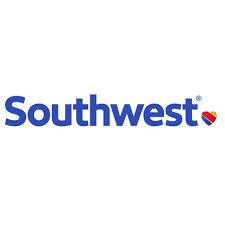
My biggest takeaway from the Management of Services class is that in order to provide good jobs, a company has to have core values that they consistently stick to throughout their entire organization. While this sounds easy, this is by far the hardest thing that any organization can undertake. First, the company needs to understand what their core values are and then they need to stick to them 100% in every aspect of their business. They must be excellent in everything from hiring, job training, product detail, customer service, supply chain management, and much more. Everything in the company needs to be operating at a level of excellence that aligns with the core values.
Only when there has been attention to detail to aligning the core values with the entire organization can core values ring true for consumers. For example, one of Southwest Airlines’ core values is to be the low cost airline, so when it comes time to determine what food to serve on the airplane, it’s easy for them to choose the most inexpensive option because that aligns with their mission. But to offset the less-than-gourmet food options, they empower their employees to deliver the best possible customer service. That’s why you can easily search YouTube and find dozens of hits of Southwest flight attendants singing or rapping the announcements, each one slightly different in their own way.
youtube
This is why you can have two airline companies that theoretically provide the same business of shuttling customers from point A to point B end up on opposite sides of the Brand Sustainability Map. Southwest falls in the Sustainable Relationship quadrant because they have aligned their core values throughout their entire company, whereas American Airlines falls into the Limited Relationship quadrant due to low trust and low transactions. Having just had one of the worst round trip flight experiences on American Airline over this past weekend, I can attest that they are not providing good jobs to their employees, which in turn left me with a very unpleasant experience that left me uttering, “I’ll never fly American Airlines again.”
I agree with the authors of the article, Bob Garfield and Don Levy, that yes, the consumer era is ending. Customers are looking to spend their money not for just products and services that get the job done, but on products and services that appeal to their core values. Given the same route, I’d fly Southwest Airlines every single time over American Airlines because I know I’m going to have a better experience because the employees are having a better experience. I want to align myself with the core values of Southwest. I want to build relationships with companies that I interact with because these companies become an extension of my personal brand. The only way for companies to succeed in the Relationship Era is to really think about the human element. Do they need to provide better jobs or divest a certain business because it doesn’t align with their core values?
Companies need to define their core values, work hard to align those core values throughout their entire organization, and the authenticity of the company will be so contagious that consumers will be knocking down their doors to be associated with a brand that cares about the human element.
0 notes
Text
Marketing Challenges for American Well
American Well’s concept is pretty simple: connect patients and doctors using the Internet. While the concept is simple, the actual business model is very complicated. For American Well to be successful, they have to change the behavior of all of their stakeholders, namely patients, doctors, and insurance companies, and introduce a new model of doing business. The challenge is two fold, they have to:
1) market a completely new business model
2) target to three sets of stakeholders.
New Business Model
American Well not only has to market their company, they have to market a completely new healthcare system. Unlike Coca Cola and Pepsi, who are marketing in the well-established market of soft drinks, American Well has to educate all of their stakeholders on their new system of doctor and patient interactions. We saw a similar problem with the advertising of the seat beds between British Airways and Singapore Airlines. In the British Airways TV commercial, they had to focus on the physical attributes of the seat bed and describe the concept of a seat bed to its customers. Once British Airways had established the seat bed concept, it was easier for Singapore Airlines to stand on the shoulders of British Airways and advertise the luxury of Singapore Airline’s customer service because they no longer needed to market the concept of the seat bed.
American Well is in the British Airways position of marketing the fundamentals of their online healthcare model. They have to address the concerns of using an online platform. In the case, they talk about how they anticipated that doctors would have concerns of malpractice exposure by using the online care platform. Patients and insurance companies will also have unique objections and hesitations with the new healthcare platform that American Well will need to address in their marketing.

Targeting Three Sets of Stakeholders
One of the central questions of the case was who would be the right customer for American Well. In a direct to consumer approach, American Well would need to first target patients and customers to sign up for their Online Care platform. In this scenario, they would have control over the user experience and customer service. They could also set-up American Well as a B2B where they sell the platform directly to insurance companies and have each insurance company sign up doctors and patients through their pre-established networks.
American Well decided to target health insurance companies as their customer, opting for a B2B business model. Even in this model, they still need to market the benefits of the platform to all three stakeholders. Each stakeholder is going to want to know separate things about American Well and all three are necessary for the system to operate.
By choosing the B2B model, they have the added benefit of partnering with the health insurance providers in their marketing efforts. This will significantly reduce the marketing that American Well would need to do for patients and doctors. But in order to sell the product to the health insurance customers, they need to be able convince these customers that patients and doctors are willing to adapt their health care routines to an online platform.
Recommendation for their Change of Direction
The end of the case leaves Ido and Roy pondering whether or not they should add the Team Edition service in addition to the Online Care platform. Given their marketing and targeting challenges, they are better suited to grow their health insurance customer base with just the Online Care services. They don’t need to be the first mover in every aspect of Online Care, but in order to succeed their will need to be the best. In order to be the best, they should cultivate more customer relationships in the health insurance industry and make sure that they really nail the Online Care platform first and foremost.
0 notes
Text
Keeping Burberry Check in Check: How to License like a Pro
Burberry’s less than disciplined licensing policies before 1997 have put Burberry in a tough position moving forward. It’s clear that when Bravo took over, she recognized that the lack of discipline could tarnish the brand and needed to pull in the licensing reigns. Bravo actively reduced the revenue from licensing from 13.7% of total sales in 2000 to 9.8% in 2003. However, Burberry doesn’t need to completely remove it’s licensing distribution channel, but they should look to their peers to see how to best manage their licensing agreements in order to protect their brand.
Disney’s Licensing
The Walt Disney Company has one of the most strict licensing policies because it’s brand of family entertainment is very critical to the success of every element of the company. Walt Disney learned about licensing the hard way back in the 1920’s when he lost the copyright to his first character, Oswald the Rabbit, to a shady distributor. Since then, Disney only partners with the best companies who will carry Disney characters in line with the family entertainment values.
Even today, Pampers diapers have not been able to strike a deal suitable to Disney,even though Huggies diapers carry the beloved Winnie the Pooh. Does that mean that Pampers is a bad company? No. But it does mean that Disney is not willing to partner with just any company.
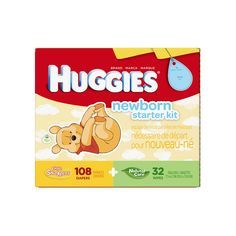
However, Disney has found other companies that are willing to agree to Disney’s strict terms. One of Disney’s major business segments is Disney Consumer Products, (DCP) which is primarily focused on licensing their iconic characters. 23% of Disney’s 2016 revenues were generated from the DCP segment. Licensing of Disney products is very powerful and helps add to the overall perception of the brand. Having talked to Disney employees, they view licensed products as giving consumers the ability to live with their characters off the screen in their everyday lives. They don’t want to restrict licensing, but then do want to make sure they license the right products to the best partners.
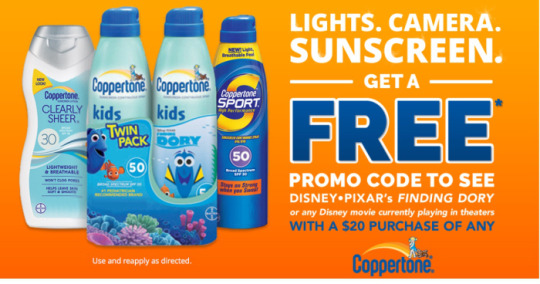
What Can Burberry Learn from Disney’s Licensing Strategy
Due to Burberry’s need to make “check management … a daily discipline,” they should consider rules and restrictions around how much of their famous check they let be manufactured through licensing. For example, they can add rules to limit the percentage of an item that the check can cover based on size of the product. If the product is the size of a cell phone, it can be covered in the check, but if the check is larger than the size of a laptop, perhaps less than 50% of the item can feature the check pattern.
Burberry should also find partners that promote their brand. Disney is a family entertainment brand, so partnering with family products like baby diapers and sunscreen, aligns with the Disney mission. For Burberry, they could partner with high luxury brands, like Ritz-Carlton, to offer Burberry ribbed bathrobes in the rooms or Burberry checked umbrellas at the front desk. This would link both the functionality and luxury of the brand. Maybe for Burberry, having the check licensed to any manufacturers of fad products would be too risky. Bravo should continue to experiment with fashion trends, but keep that experimentation in-house and leave licensed products to more stable items.
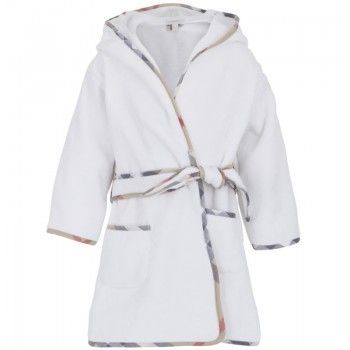
0 notes
Text
Should SIA pursue seatbeds?
SIA’s two biggest competitive advantages are a young fleet of planes and great customer service.
Young Planes: This advantage allowed SIA to bring in the newest technology to their fleet as fast as possible, which helped to keep their maintenance costs down. The newer planes were more fuel-efficient and were in better working condition. Customers generally felt better flying in a new plane than an old plane.

Customer Service: SIA trained their flight attendants for 4 months to ensure that they were exhibiting the highest quality service in not only the airline industry, but in all services industries. They put emphasis both on technical skills as well as poise, charm, warmth, and attention to customers.

Due to their performance in customer service, customers expected even more and more out of the flight attendants. In the case, it said “if the passenger flies SIA his expectation of being satisfied is already 110%, so our crew… have to give 120%.” It was critical to SIA’s business that they maintain the best customer service to continue to satisfy their customer base, which had high expectations for their experience on SIA.
Rising Costs to Provide More
In addition to great customer service from flight attendants, SIA was also interested in providing the latest gadgets to their first class and business class customers. Right before the airline crisis in 2001, SIA had finished upgrading both classes with Audio-Visual on Demand units to enhance the inflight experience.
The next installment of providing more would be the innovative seatbeds that were similar to what British Airways had recently rolled out as the newest airline innovation in premium airlines.
But was SIA’s value proposition the latest gadgetry or the best customer service?

Recommendation: Postpone the Seatbeds
Even though SIA prided itself on providing the best of the best to its customers, their biggest differentiator has always been their customer service. They don’t need to rush into adding the latest technology. In the post-911 traveling industry, customers are going to want to feel safe. Part of that safety will come from the familiar customer service that they have been accustomed to. They should hold-off on introducing the new business class seatbeds until they have a better understanding of how the business travel market will respond. SIA should stick to what they already do best.
0 notes
Text
My Father’s Wine Fridge
Introduction
When I was in college, I was fortunate enough to take the hottest class at school, “Introduction to Wines.” We met once a week for two hours. During the first hour, the professor would teach us about the varietals, definitions, and rules about wine from a particular region. For example, we studied Italian wines during one class and California wines during a separate class. Then, during the second hour of each class, we tasted!
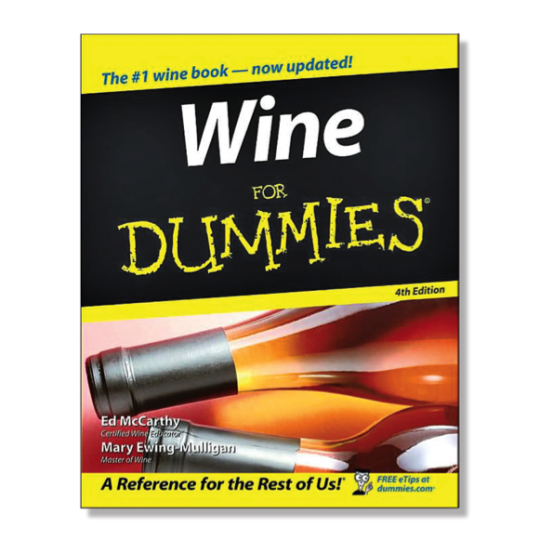
When my father, a lifetime contributor to Bud Lite’s bottom line, found out that I was taking a course on wine, he thought it was the coolest thing. He borrowed my “Wine for Dummies” textbook from the class and started learning about the world of wines. Even though I was the one who had to pass an exam for class, my father is the one who is much more knowledgeable about wine. He has even started his own small collection of wines at home.
Demographics
When I read in the Concha y Toro case that wine consumption in the United States was increasing “particularly among middle-aged male consumers,” I immediately thought of my dad. Even though my dad didn’t start focusing on wine until 2012, I could tell from his taste in finer Old World Wines or California Reds that his preferences were a product of the “Judgment of Paris.” He still revered the Old World Wines but knew that the west coast of the US had high quality wine also. (He also loves the movie Bottle Shock , which is about the Judgment of Paris).
The fact that Chilean vineyards had been producing low-quality blends up until 1983, seemed to put Chilean wineries at a severe disadvantage in terms of brand quality. My father was in his late-twenties by this time, so even though he wasn’t a wine drinker at the time, there was no association of Chilean wines with high quality.
My father also falls into the category of people who view wine drinking as a “flight to quality” as described in the case. His go-to beverage has been, and forever will be, Bud Lite, but he views collecting wine as a high-quality, premium activity. He enjoys bringing out a “special” bottle for celebrations or any dinners where the family is altogether.
Strategy
If my father’s demographic is the growing group of wine drinkers in the United States, what could Concha y Toro do in order to gain entry into his tiny, albeit carefully selected, wine fridge?
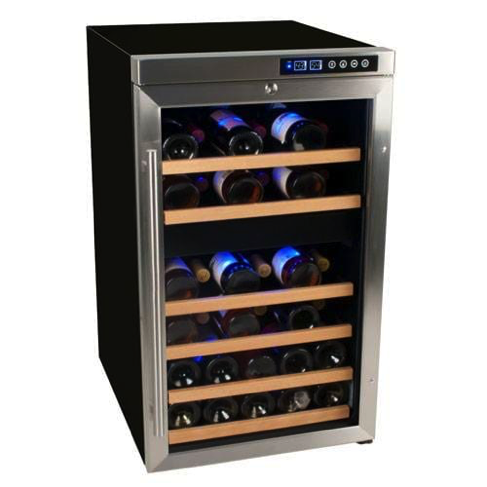
Concha y Toro should adopt a strategy similar to The Three Palms Vineyards, where they “exploit the prestige of their high-end brands to expand into the basic segment.” The Three Palms Vineyards premier brand is Duckhorn, which currently retails at around $90 a bottle and is considered their top tier wine. For someone like my father, he may aspire to buy a $90 bottle but doesn’t actually want to spend such a significant sum of money on a bottle of wine. The Three Palms uses the prestige of its top level wine in order to market their lower tiered wine, Decoy. The iconic duck on each label, in addition to the name of the Three Palms Vineyard signals to the customer that Decoy is a prestige –quality wine, but at an accessible price point.
Would this strategy work for my dad? The answer is an “absolutely, yes!” He likes the idea of drinking wine from a premium brand, but finding the “little-sister” wines that carry the same brand value at a more affordable price. In the $15 range, my father doesn’t think he’s buying cheap wine when he buys Decoy. Instead, he feels like he is getting a great value on a premium wine.

Recommendation
Concha y Toro should push the brand prestige of wines like Casillero del Diablo and find ways to link the Frontera brands to the premium label. This may require new labels or new names, but Concha y Toro should focus on promoting the highest valued wine and then linking their lower tiered wines with prestige so that customers think they are getting a high value wine.
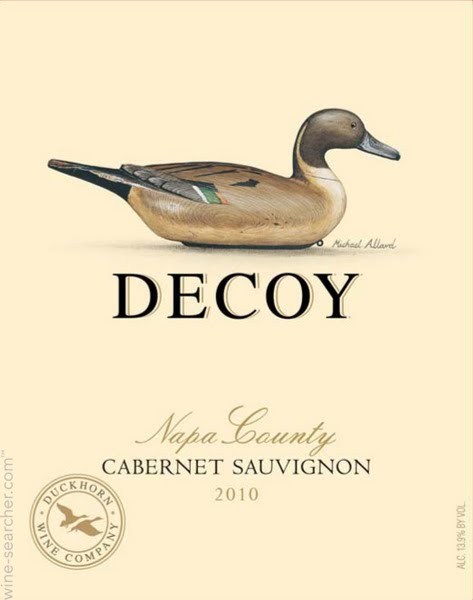
2 notes
·
View notes
Text
Corona vs. Heineken
A race to the top in 1996
In 1996, Corona is right on the heels of Heineken in the race to be the number one imported beer in the US market. However, Corona is only spending a third of the advertising budget that Heineken is spending. What is Corona doing with its smaller advertising budget that is helping it gain market share?
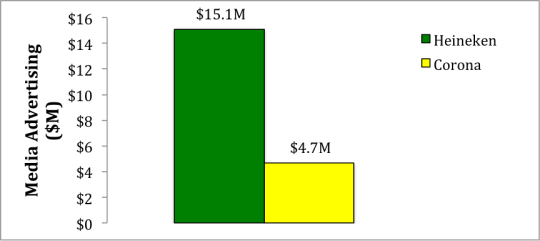
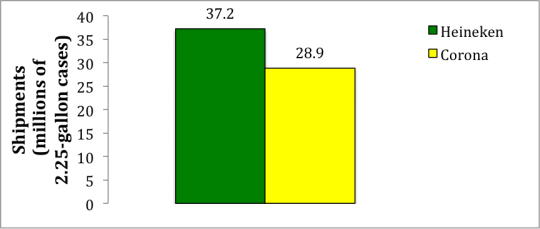
Keep it Simple
According to Michael Foley, president of Heineken, “Beer is all marketing. People don’t drink beer, they drink marketing.” It’s clear from Heineken’s advertising budget that Heineken also thinks that marketing is all about spending money. While Heineken holds the number one position for imported beer, they spend the most money on advertising, twice as much as the next highest spender.
Corona, on the other hand, opted for a simpler advertising approach, which also translated into few dollars spent. Corona’s ads were all filmed in Mexico with beach scenery and had simple tag lines with few distractions (such as music and people). When customers thought of Corona, they had a consistent image in their head of the beach, which likely elicited feelings of vacation and relaxation. Corona kept this message constant throughout 1988-1996 so that there was strong brand association between Corona and the beach.
Heineken’s messaging was less consistent. They initially wanted to focus on product quality, but tried to change course due to dropping sales. It also seems like during the period of 1991-1994, Heineken experiences a lot of turnover in their management. They were inconsistent in both personnel and messaging, which may have caused a further decline in sales, allowing for Corona to gain market share.
Recommendations
Heineken seemed to be spending money haphazardly on marketing and in 1996 doesn’t have a strong enough brand to sustain its position as the number one imported beer. They should simplify their marketing message to create a stronger brand association in addition to their claim on product quality in order to appeal to younger beer drinkers.
Corona should continue to stay the course and consistently message the simplicity of the beach life in association with Corona. With the Hispanic population growing rapidly in the US, Corona has an advantage among these markets since it still brews all of its beer in Mexico. Corona should focus on areas in the US with lower Hispanic populations but high beer consumption, such as Michigan, Pennsylvania, Ohio, North Carolina, and Georgia. These states are more likely to opt for Heineken as the import of choice due to lower Hispanic populations. Corona should increase advertising efforts in these regions in order to spread the relaxing beach vacation vibe of Corona.
Source: “Corona Beer”, Harvard Business School, March 31, 2011
1 note
·
View note